Making a deer resistant garden with native plants can feel like a clever and beautiful way to have a full and lush space without the deer. With the right plants you can have a sanctuary that not only repels deer but also supports local wildlife. Let’s get into the top native plants for deer resistant gardens where every bloom is untouched and the garden is full.
Quick Facts
- Design a native, deer resistant garden with pretty plants that support local pollinators.
- Protect your plants with homemade repellents or physical barriers like fencing and tree guards to minimize deer damage.
- Native perennials like Bee Balm, Purple Coneflower and Switchgrass are pretty and attract beneficial wildlife while deer resistant. Some plants are deer proof but more may be needed.
Top Native Deer Resistant Perennials
A deer resistant garden can be full of color, texture and pollinator friendly plants. Here are some native perennials that are deer resistant and add beauty and value to your landscape.
Bee Balm (Monarda fistulosa)
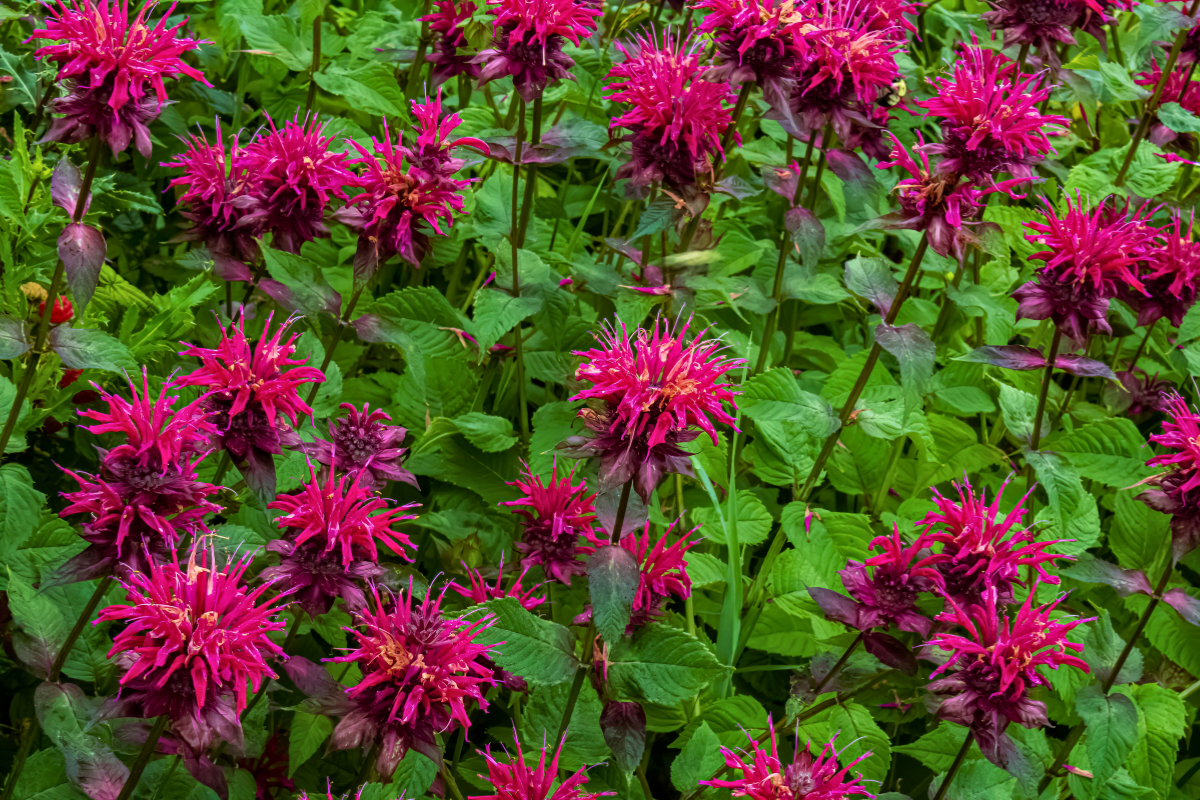
Bee Balm is a clumping perennial that deer don’t like but is a pollinator magnet for bees, butterflies and hummingbirds. This North American native blooms in lovely shades of lavender and pink and loves full sun. Bee Balm is hardy in zones 4-9 so it’s a great choice for a deer resistant pollinator garden.
Purple Coneflower (Echinacea purpurea)
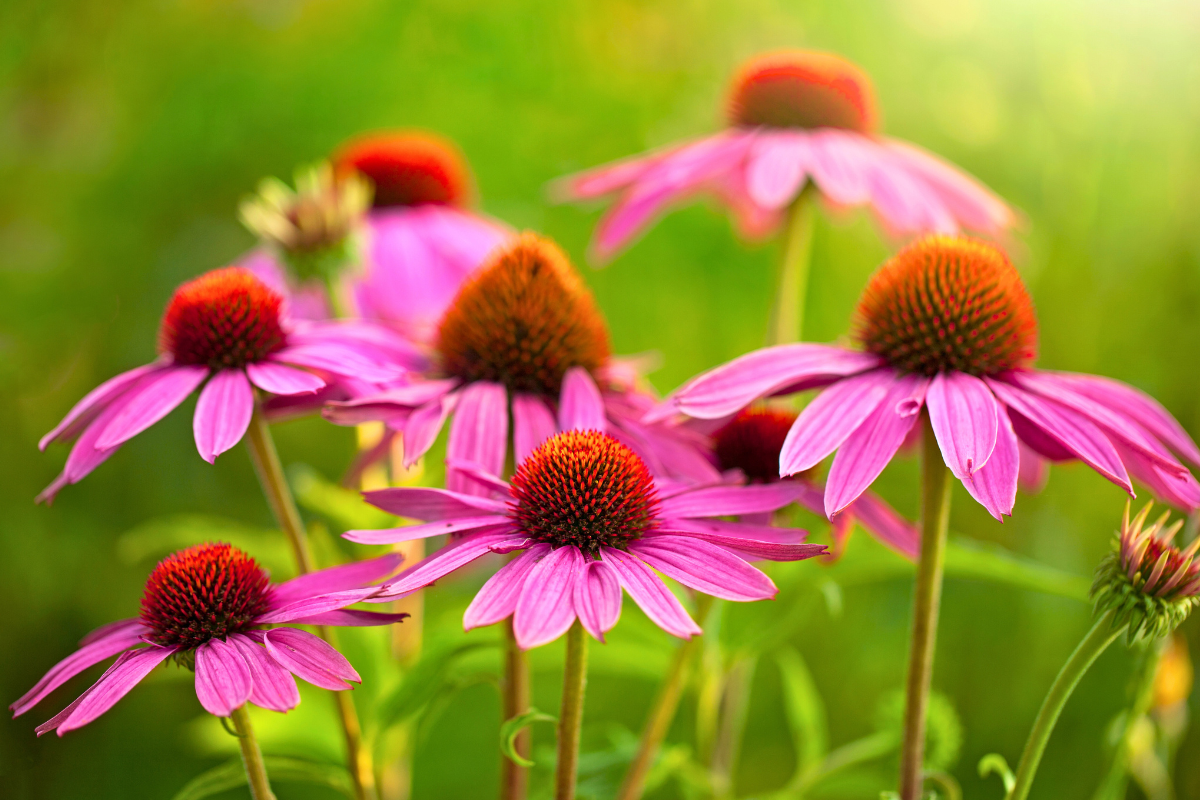
Purple Coneflower is a classic North American native with beautiful daisy like blooms that attract pollinators and birds while deer resistant. Hardiness zones 3-9. Blooms summer into fall so great for long lasting garden interest.
Black-eyed Susan (Rudbeckia hirta)
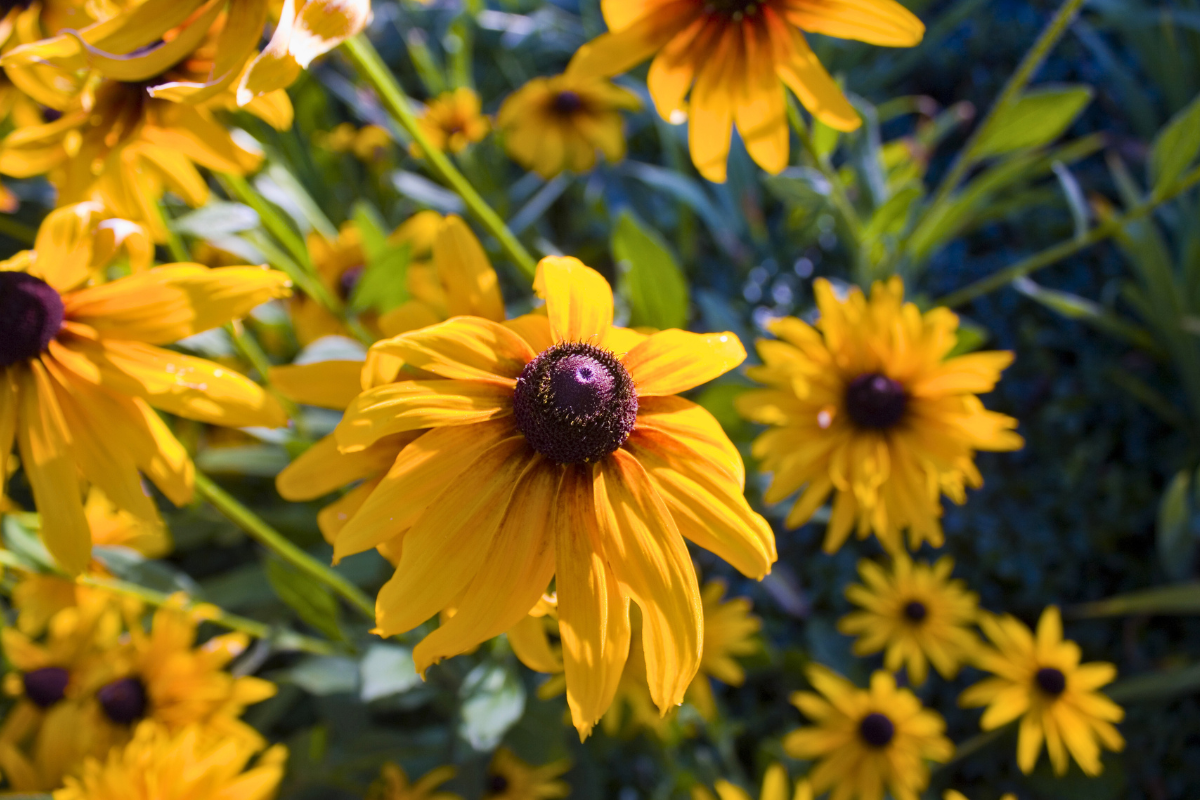
Black-eyed Susan has big yellow blooms for your garden and a sunny, happy look that deer don’t like. Native to North America and hardy in zones 3-9 Black-eyed Susans are low maintenance and tough, pretty and pollinator friendly.
Wild Columbine (Aquilegia canadensis)
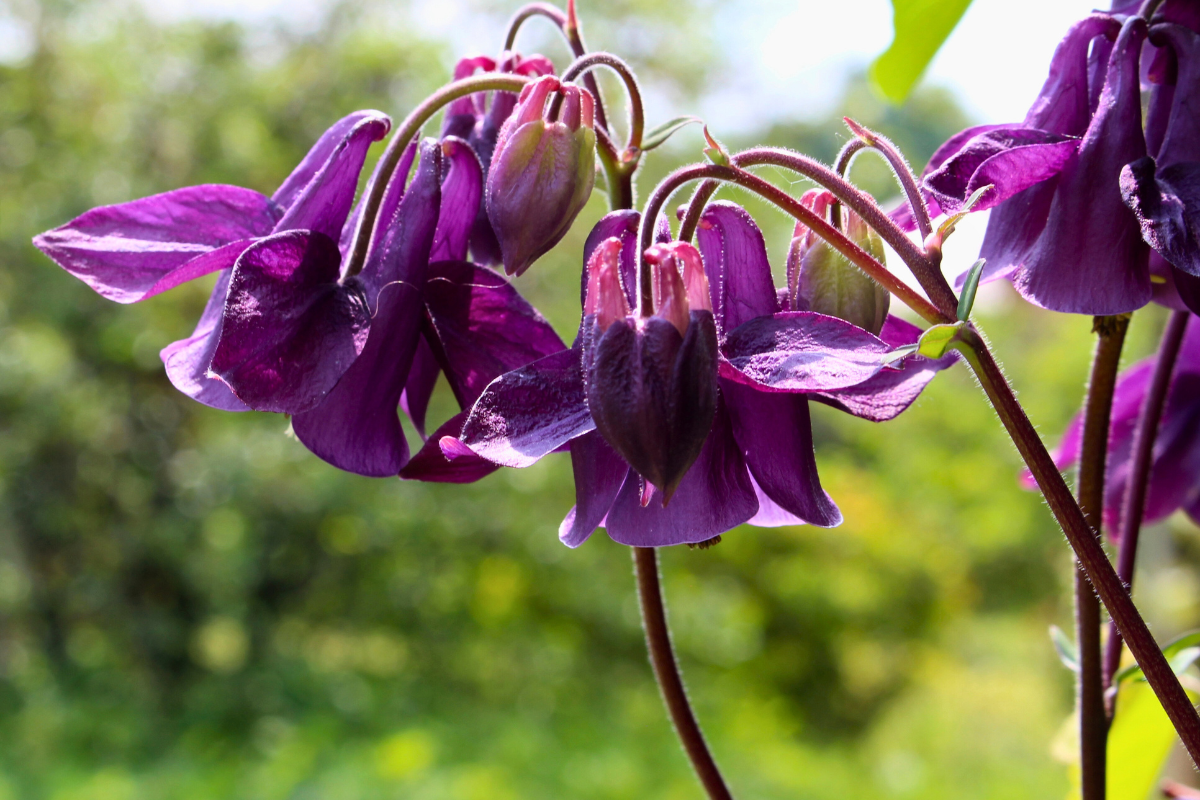
Wild Columbine has delicate red and yellow nodding flowers that attract hummingbirds but deer don’t. Native plant for partial shade and hardy in zones 3-8. Adds unique airy texture to your garden beds.
Blue False Indigo (Baptisia australis)
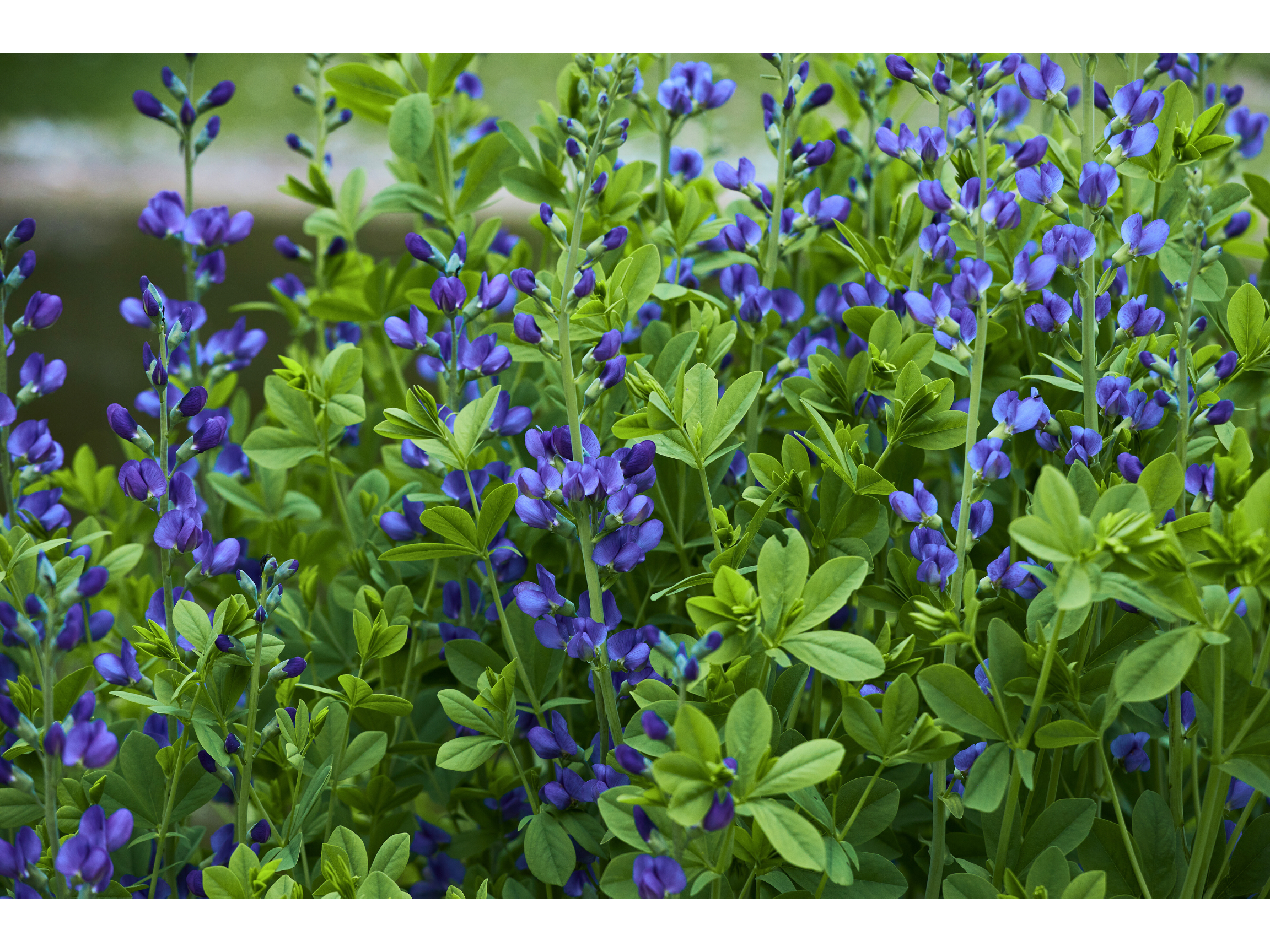
Blue False Indigo is a beautiful North American native with blue flowers on tall spikes. Deer resistant and drought tolerant this perennial loves full sun to partial shade and is hardy in zones 3-9. Great for adding structure to the garden.
Designing Your Native Deer Resistant Garden
To make your garden less appealing to deer consider both plant selection and layout. Here are some design techniques using native deer resistant plants to add beauty to your garden and reduce deer activity. And using deer netting as a physical barrier to protect ornamental plants and gardens from deer damage by draping it over young plants or combining it with fencing to keep deer out of vulnerable areas.
Plant in Drifts
Planting native deer resistant species in drifts adds to the naturalistic look and makes it harder for deer to browse on all the plants. Large drifts of one species gives you control over the plant selection.
Use Layered Heights
Layering in your garden with staggered heights makes it hard for deer to navigate and nibble. Taller plants in the back and shorter in front adds depth to the garden and naturally keeps deer out.
Focus on Fragrance
Plants with strong scents like Bee Balm and Wild Bergamot deer don’t like the smell. Adding fragrant native plants adds to the garden’s sensory experience and makes it less appealing to deer.
Deer Proofing
Hungry deer can cause big garden damage as deer devour many plants, including hydrangeas, especially when other food sources are limited.
Homemade Deer Repellents to Deter Deer
Making your own deer repellents is a cheap way to protect your plants. A mixture of garlic, eggs and hot sauce sprayed on the foliage will deter deer from browsing. Reapply after rain for continued protection.
Deer Netting and Other Physical Barriers
Fencing or tree guards are most useful during peak deer season. Physical barriers keep deer from getting to your plants and is a reliable way to minimize garden damage.
Deer Resistant Native Grasses, Shrubs and Deer Resistant Hydrangea
Adding native grasses and shrubs to your deer resistant garden adds texture and interest and looks natural.
When choosing hydrangeas for your garden, you need to know the varying degrees of hydrangeas deer resistance among the different types. While some hydrangeas are labeled as deer resistant, it is important to note that most hydrangeas are not deer resistant at all and may require additional protective measures. For example, ‘hydrangea arborescens’ commonly known as smooth hydrangeas are deer attractive and gardeners use deer repellent sprays to protect them. ‘Hydrangea macrophylla’ or bigleaf hydrangeas are deer vulnerable because of their succulent buds but damage can be reduced with protection. ‘Hydrangea paniculata’ is more deer resistant because it grows on new wood and blooms later in the season. ‘Oak leaf hydrangeas’ and ‘oakleaf hydrangeas’ have varying degrees of deer resistance depending on the garden location, some gardeners find them more resistant than others. ‘Panicle hydrangeas’ will produce new growth and extra buds when deer nibble. ‘Smooth hydrangeas’ are not deer resistant but using deer repellents will help protect these beautiful plants.
Also protect flower buds from deer as they can cause big damage and prevent blooming for the rest of the year.
Switchgrass (Panicum virgatum)

Switchgrass is a native grass deer don’t like and adds nice airy texture to the garden. This tall, elegant grass grows in zones 4-9, full sun and adapts to many soil conditions. Seed heads are interesting in the winter.
Redtwig Dogwood (Cornus sericea)

Redtwig Dogwood is a deciduous shrub with red stems that add winter interest. Native to North America, deer resistant and grows in zones 3-8. Adds texture and seasonal interest to the garden.
Eastern Red Cedar (Juniperus virginiana)
Eastern Red Cedar is an evergreen native tree with aromatic foliage that deer don’t like. Hardy shrub provides year round interest and grows in zones 2-9. Dense foliage creates a natural screen, provides privacy and shelter for birds.
Deer Resistant Shade Garden
A shade garden can be beautiful and deer resistant with the right native plants. But deer eat many plants, including hydrangeas, so you need to choose hydrangeas deer resistant varieties or use protective measures. For shaded areas consider hydrangea arborescens which while deer attractive can be protected with deer repellent sprays to maintain its beauty and blooming.
Wild Ginger (Asarum canadense)
Wild Ginger is a low growing native ground cover with heart shaped leaves that creates a lush deer resistant mat in shaded areas. Grows in zones 4-8 and adds texture to the garden floor.
Foamflower (Tiarella cordifolia)
Foamflower is a shade loving native with delicate, frothy flowers and interesting foliage. Good choice for a deer resistant shade garden in zones 4-9 and works as a ground cover or accent plant.
Christmas Fern (Polystichum acrostichoides)
Christmas Fern is a hardy, evergreen native fern that tolerates shade and is deer resistant. Good for shaded woodland gardens and provides year round greenery in zones 3-9.
Native, Deer Resistant Plants for Local Wildlife
A native, deer resistant garden can also be a haven for local wildlife. Here are some plants that attract beneficial pollinators while deer resistant. Since deer eat many garden plants, you need to choose deer resistant varieties to protect your garden from these hungry critters.
Joe Pye Weed (Eutrochium purpureum)
Joe Pye Weed is a tall, upright wildflower with pink blooms that attract bees, butterflies and other pollinators. Deer don’t like this plant so it’s a great addition to your wildlife garden.
Yarrow (Achillea millefolium)
Yarrow is a tough native with clusters of white to pink flowers that attract bees and butterflies. Deer resistant and grows in sun, adds texture and pollinator support to the garden.
Blazing Star (Liatris spicata)
Blazing Star has spiky purple blooms that attract butterflies and hummingbirds. Deer don’t like this plant so it’s a great choice for a low maintenance, wildlife garden.
Conclusion
Designing a deer resistant garden with native plants will give you a resilient, beautiful landscape that supports local wildlife and keeps deer out. With the right plant choices and design you can have a garden that’s as sustainable as it is gorgeous. So why not turn your garden into a native haven that’s deer free?
This post was about native deer resistant plants.
Related Posts
Top Pollinator Friendly Plants for Your Naturalistic Spring Garden
Why Naturalistic Gardens Are So Popular + How Color Matters
FAQs
How do I make my garden deer free naturally?
You can make your garden deer free by using native deer resistant plants which deer don’t like to eat. While some hydrangea plants like hydrangea macrophylla and hydrangea paniculata are deer resistant, you may still need to take additional measures. Also, create natural barriers with thorny shrubs or plant aromatic herbs like lavender and sage to deter deer.
Do deer avoid native vegetables?
Yes, there are native vegetables or plants that deer tend to dislike. Asparagus, rhubarb and onions are a few examples. Common garden vegetables like peppers and tomatoes are also deer resistant.
What native deer resistant perennials work in naturalistic gardens?
Bee Balm, Purple Coneflower, Joe Pye Weed, Black-eyed Susan and Wild Columbine are a few native, deer resistant perennials. They add color and attract pollinators while deer don’t like them.
Can I make my own eco-friendly deer repellents?
Yes! You can make your own with eggs, garlic and hot sauce. Just spray on your plants after rain to deter deer without harming the environment.
How can French Petal Gardens’ design templates help with deer resistant garden planning?
Our PRE-DESIGNED TEMPLATES have native, deer resistant plants for naturalistic gardens. They allow you to see your layout and plant selection, so you can have a beautiful garden deer free.





